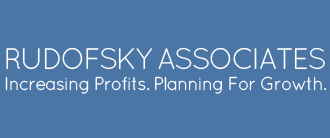Get Over the Idea of Shortcuts Being a Bad Thing

Panelist Nathalie Molina Nino, CEO of Brava Investments, at far right, advised “get over the idea of shortcuts being a bad thing”
“Get over the idea of shortcuts being a bad thing. Use them,” said Nathalie Molino Nino at a recent panel discussion for Hispanic women entrepreneurs, organized by Ventureneer and CoreWoman. Nino, is the CEO of Brava Investments, and author of “Leapfrog” which Random House promises will provide “50 proven hacks to help women entrepreneurs take their business to the next level.”
“Leapfrog” is to be published this August but for those who can’t wait that long, Panelist Diana Franco highlighted one lead: the WE Fund Crowd program, a New York City initiative which provides no-interest loans to selected women entrepreneurs.
Panelist Deborah Rosado Shaw encouraged Hispanic women entrepreneurs to think about women-owned business certification (e.g. WBENC) as a way to access resources who can open doors or give advice. As she pointed out, “Why go down that path alone? You are going to learn many lessons, but why not start with theirs?”
To read more of the material featured at the panel discussion see the 2017 study: “Hispanic Women Entrepreneurship: Understanding Diversity Among Hispanic Women Entrepreneurs,” written by Susana Martinez-Restrepo, PhD, CoreWoman and Geri Stengel, Ventureneer.


